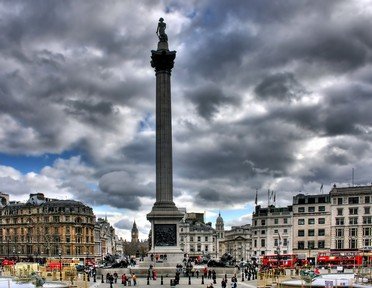Quiz Answer Key and Fun Facts
1. Childhood insect-hunting locale
2. 19th century British lepidopterist who was his first mentor
3. First professional acting engagement in Australia
4. First museum to display specimens from his collection
5. Acting company and theatre he helped to found in San Francisco
6. An association dedicated to the promotion of the natural sciences to which he belonged
7. An elite San Francisco social club of which he was a founding member
8. Where he finished his acting career
9. Entomological journal he co-founded and edited
10. Museum which received his extensive entomological collection after his death
Source: Author
pitegny
This quiz was reviewed by FunTrivia editor
bloomsby before going online.
Any errors found in FunTrivia content are routinely corrected through our feedback system.
